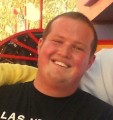Thinking of the Netherlands, a lot of people associate windmills, old houses, town canals, or the color orange (apart from that tasty green substance). These are elements that can be found in nearly all Dutch cities and it is something that Dutch people are especially fond of.
However, in Rotterdam, history has taught us that not all places in one culture have to be necessarily similar.
With more than 170 different nationalities, Rotterdam has often been promoted as ethnical diverse, cosmopolitan city. However, it is more than just that. Because of its large port (which has now reclaimed its title as biggest port in Europe) and strategical location, the Germans decided to completely bomb the city during the Rotterdam Blitz in early 1940.
Having been set back by the bombings, the eager Dutch people saw this as an opportunity to rebuild their city as European centers for commerce, architecture, events, and ethnical diversity. And they have succeeded in doing so. Alongside a considerable number of architecturally unique high-risers, one of the town’s landmarks, the Erasmus Bridge, connects the lower south district of the city with the city centre.
Moroccans, Afghans, Chinese, British, Poles, or Surinamese live as neighbors, co-workers, friends, or partners. Altogether they allow for a richness in diverse cultural traits intermingling in this city. For the same reason, a lot of distinct events are held in Rotterdam, like the World Food Festival, the International Film Festival, or the World Port Days. Luckily, these events give the citizens of Rotterdam the necessary power to endure the mostly windy and wet climate.
What makes the city especially attractive for international students is the ubiquitous proficiency in the English language. Nearly all of the American move imports are not localized in Dutch, which especially challenges young kids to get to know Mickey Mouse as an English speaking character. Thus, English is more than just a second language in Rotterdam. It is a mere tool to enrich the already globalized state of Dutch culture and gives new arrivals, international students, or tourists a chance to feel welcome and accepted.
Still, to be straightforward, while you get to accept and live in the modern and cosmopolitan Rotterdam as an International student, you kind of hoped to get to see some of the typical Dutch traits like the windmills, the town canals, or the time-honored houses. What is more, amidst all the postmodern buildings and architectural venturesomeness, the city is missing a true core providing it with a rich character. In a lot of cities, this would be the central plaza, where the plain folk gets to meet and exchange about their hardships, hopes and wishes.
Fortunately, the Netherlands are not only extremely flat but also rather manageable in distance. Traveling the country from north-east to south-west correlates to a quick journey from Los Angeles to Las Vegas. Therefore, you may live in Rotterdam, but other traditional places such as The Hague, Gouda, Delft, Amsterdam, or Utrecht are all within a reach of just one hour. Regarding the city’s true character, I got to experience that it is composed of the cultural richness, the struggle for a retention of tradition, or the strive for modernity in a global village.

